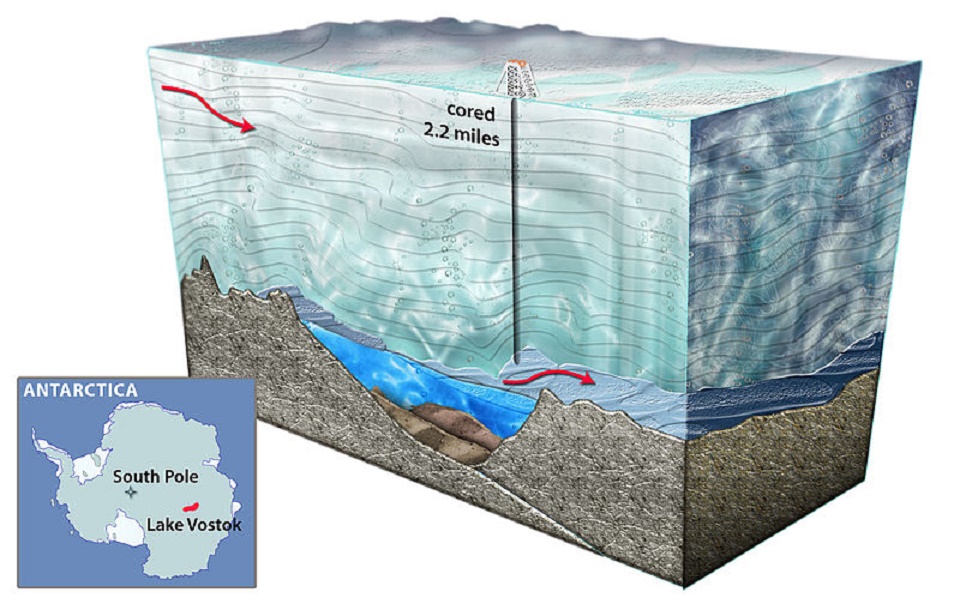
Lake Vostok is the largest known subglacial lake in Antarctica and the size of North America’s Lake Ontario. It is the largest and oldest, but it is not the only one of its kind.
Subglacial Lakes
We have previously written about the sub-glacial Lake Vida. That lake was first investigated in 2012 when scientists reached the lake 21 meters (69 feet) below the ice surface. It was first discovered back in 1995 when ground penetrating radar surveys revealed it to indeed be liquid, due to a very salty liquid layer of ice cover. It is believed to have been isolated for 3,000 years.
After the discovery of Lake Vida, several scientific projects were set in motion to investigate if more of these ancient lakes could be found beneath the ancient ice on the Antarctic continent. And also to investigate if life could possibly exist in these pitch-dark extreme conditions isolated for thousands, or even millions of years.
When Lake Vida was reached in 2012, life was indeed found. A bacteria that belongs to a previously unknown species and is believed to survive by metabolizing the abundant quantities of hydrogen and oxides of nitrogen that exists in the salty water.
Lake Vida is however only one of several sub-glacial lakes that have since been found. And in January this year, a U.S. research team broke through 800 meters of Antarctic ice to reach another subglacial lake called Whillans. The water samples gathered by the U.S. team also contained microbial life.
Lake Vostok
But perhaps the most famous and indeed interesting of these lakes is Lake Vostok. It is the largest of the lakes, beneath circa 500 meters (1600 feet) of ice and is thought to have been isolated for about 15 to 25 million years.
And if life would be found here, these lifeforms would have existed isolated far longer than the human species has existed and even our common ancestor of great apes and humans.
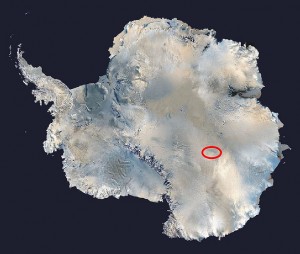
Water Samples
Russian scientist reported during the summer in 2012 that they had managed to reach the lake and samples were collected in the ice well later during the winter when the Antarctic summer starts.
The Russian team also plans to send a robot down into the lake to collect water samples and sediments from the bottom. Optimistic speculation began in the wake of finding life in Lake Vida. Perhaps unusual forms of life could be found also in Vostok. In the lakes liquid layers, an ecosystem that could have been sealed off below the ice for millions of years. These conditions which would resemble those of the hypothesized ice-covered oceans of Jupiter’s moon Europa.
A Unique Bacteria
Now, Russian scientists indeed reported that they had discovered a new type of bacteria, in the water samples taken from the Lake in 2012. The team has run the bacteria composition through the global database and has not been able to find anything similar.
They report to not having been able to establish the bacteria descendants and genetic resemblance, for which only 86 percent is said to be similar to other types of bacteria.
Sergey Bulat, a geneticist at the Saint Petersburg Institute of Nuclear Physics said “”After putting aside all possible elements of contamination, DNA was found that did not coincide with any of the well-known types in the global database,”.
86 percent might seem a lot, but to set this percentage figure in perspective, humans are circa 98 percent similar to Chimpanzees, 90 percent similar to cats, 60 percent of cows and 60 percent to fruit flies.
The Russian team now plan more tests, with more specimens samples of these bacteria and those might be among the water samples collected from the lake earlier this year, which are currently being carried by ship back to Russia. They also plan to reach deeper in the lake with the proposed robot. The scientists ultimately hope to grow the bacteria to study their physiology and to confirm whether or not the bacteria are totally new to science.
_______________
Vostok’s microbes elusive in first measurements of surface water
______________________________

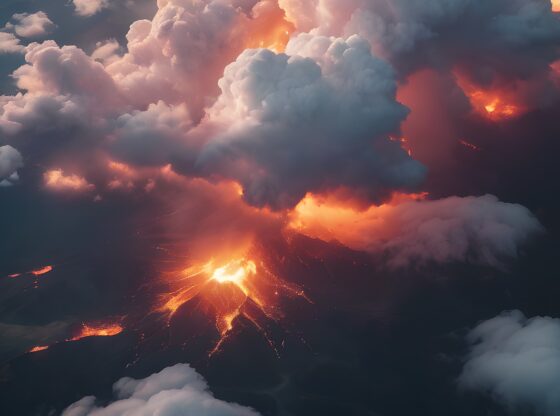
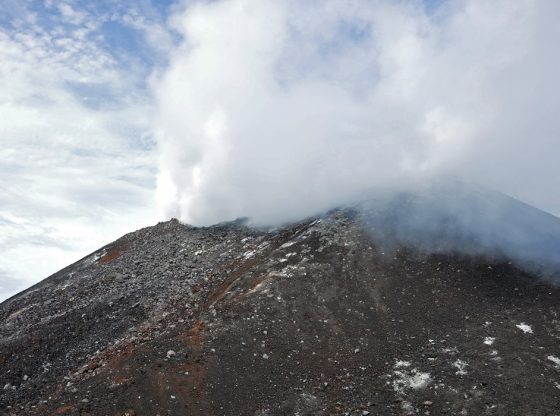
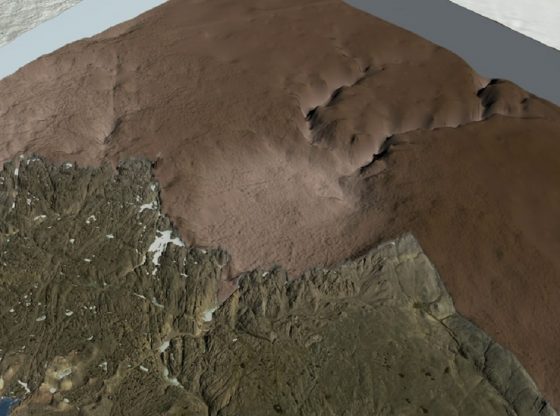
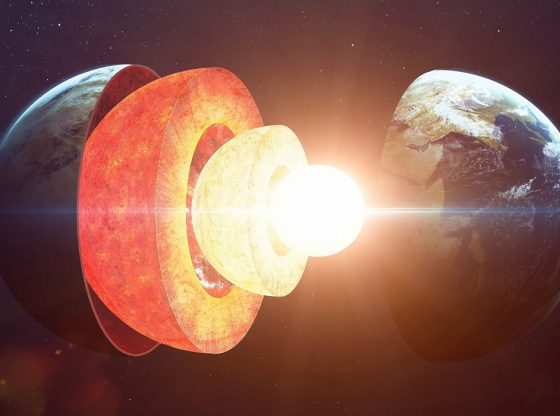
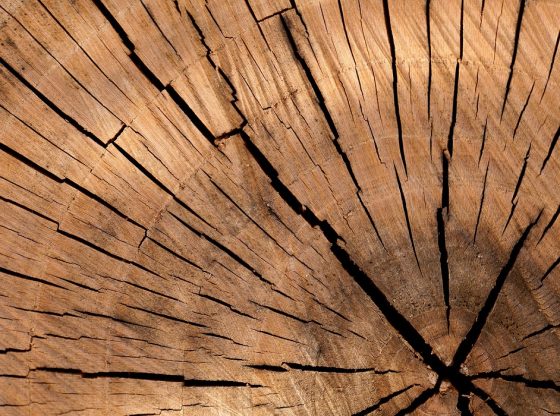
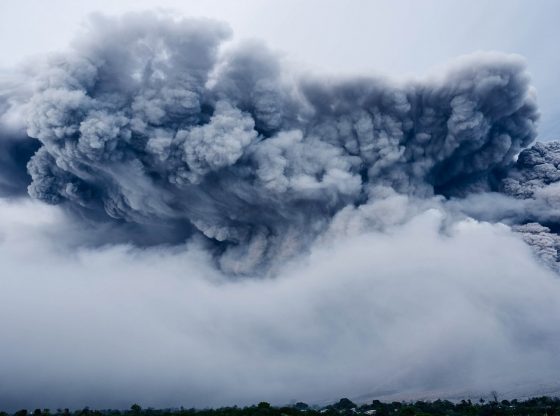

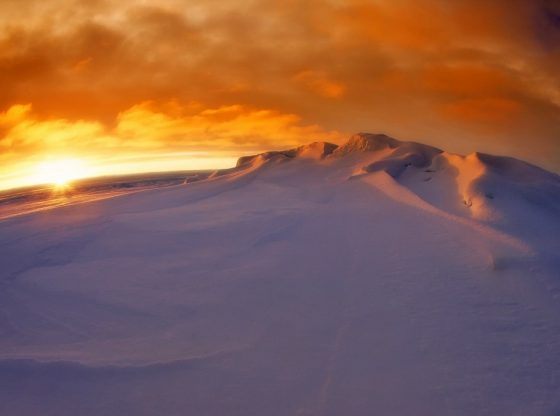
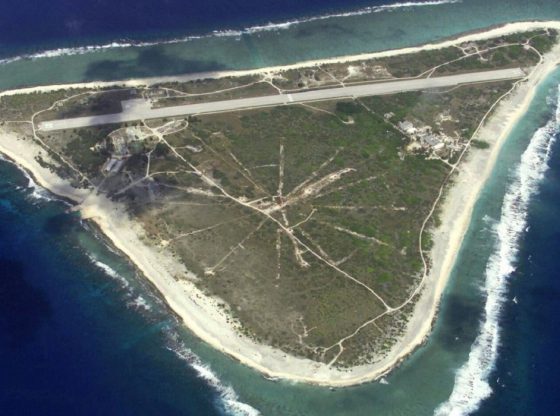
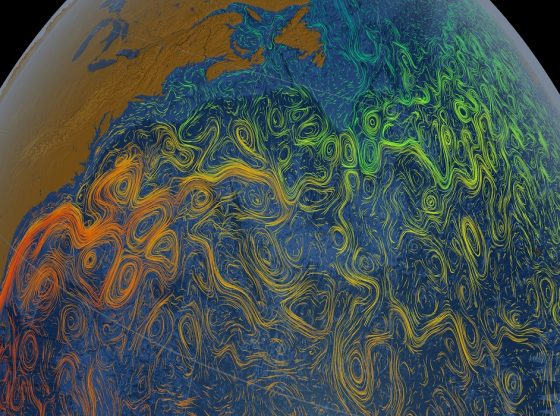
![OpenAI. (2025). ChatGPT [Large language model]. https://chatgpt.com](https://www.illustratedcuriosity.com/files/media/55136/b1b0b614-5b72-486c-901d-ff244549d67a-350x260.webp)
![OpenAI. (2025). ChatGPT [Large language model]. https://chatgpt.com](https://www.illustratedcuriosity.com/files/media/55124/79bc18fa-f616-4951-856f-cc724ad5d497-350x260.webp)
![OpenAI. (2025). ChatGPT [Large language model]. https://chatgpt.com](https://www.illustratedcuriosity.com/files/media/55099/2638a982-b4de-4913-8a1c-1479df352bf3-350x260.webp)








